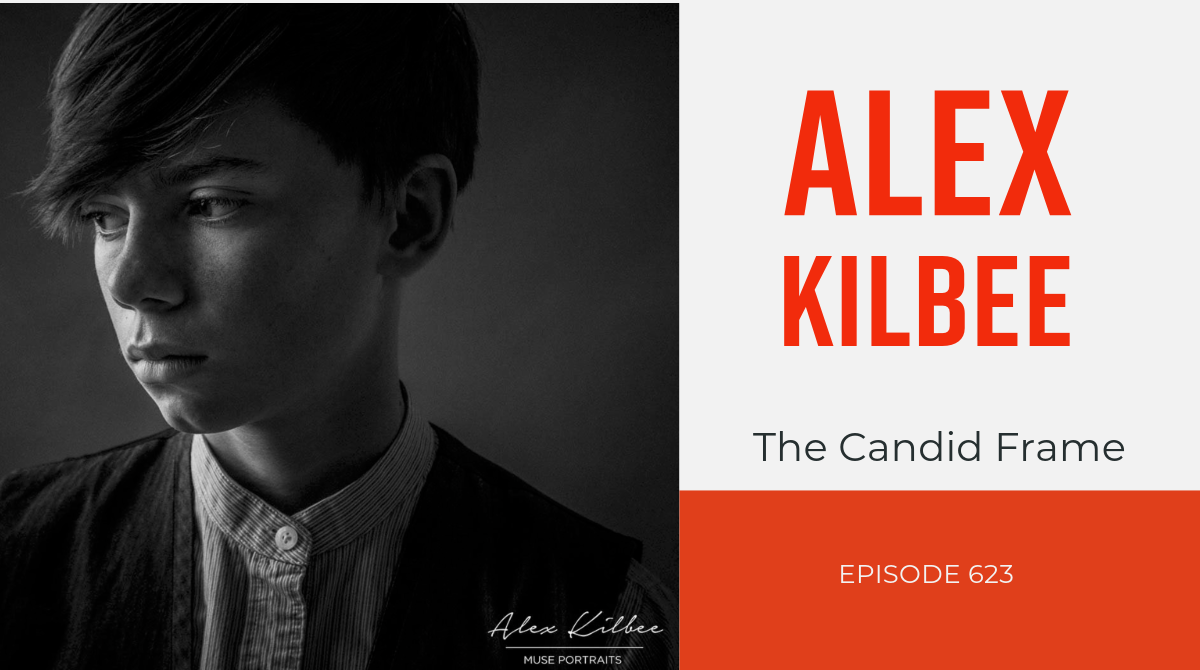We don't take pictures with our cameras. We take them with our hearts and we take them with our minds, and the camera is nothing more than a tool. - Arnold Newman
This quote from the famous portrait photographer Arnold Newman is an important reminder to me that my attention has to be more in the moment, rather than the camera. Despite the many controls and features that my camera possesses, it is my ability to be in tune with the subject and scene in front of me that determines how well I succeed in making a photograph. If I am too preoccupied with the camera, I am not paying attention to what is playing out in front of me.
This is why I set my camera’s key control to specific default settings. Even before I leave the house for a day of shooting and even before I have discovered a subject, I will check and adjust my ISO and exposure mode. By doing so, I approach my camera from a consistent starting point.
If I am going out to shoot during the daytime, I will set my ISO to 400 or 800 and with my exposure mode to aperture priority. I will set my f-stop for f/5.6. Whether I am faced with a bright sun or an overcast day, As a result, I will likely be working with a shutter speed of at least 1/200 of a second. This ensures that the resulting image won’t be soft due to camera shake.
ISO 400 - Sunny
1/500 @ f/16
1/1000 @ f/11
1/2000 @ f/8
1/4000 @ 5.6
As the chart illustrates, at ISO 400 and an aperture of f/5.6 my shutter speed would be at 1/4000 sec under bright sunny conditions. If I wanted to shoot at a smaller aperture to increase the depth of field, I could increase my f-stop to f/16 and still enjoy a fast enough shutter speed to counter camera shake.
ISO 400 - Cloudy
1/250 @ f/8
1/500 @ f/5.6
1/1000 @ f/4
1/2000 @ f/2.8
When I am photographing under cloudy conditions at an aperture of f/5.6 my shutter speed would likely be 1/500 second, well above my base minimum of 1/200 of a second. So, even without checking my setting, I can know that even under these kinds of lighting conditions, I will be able to produce a sharp image free of camera shake.
However, if I want to open up my aperture in order to achieve a shallower depth of field, I can do so while maintaining a fast shutter speed. And if I close down my aperture, I can do so still enjoy a shutter speed of 1/250 second.
As light level decrease, I may increase my ISO to 800 or even higher in order to maintain that reasonable shutter speed. I may also choose a wider aperture to accommodate this decrease in illumination.
By working from this consistent starting point, I can respond quickly to changes in lighting. I can change my aperture within a certain range without having to worry about whether my shutter speed is too slow. It reduces the likelihood that will have ruined a shot because I have not checked my settings.
By presetting my camera in this way even before I walk out the door, I also eliminate ruining my initial shots of the day because my camera was still set for an ISO or aperture from a previous shoot that required a different combination of ISO and aperture.
Though my digital camera also possesses an Auto ISO feature in which the camera can adjust the ISO automatically for me, I will never know exactly what ISO the camera is choosing for me until later when I am reviewing the images on Lightroom. Sometimes this can result in a subject or scene being shot using different ISOs which can be a problem when I am batch processing images. By setting the ISO manually, I maintain control and I always know what I am working with.
I will still use this approach when I am using a camera system that includes some form of image stabilization. As effective as this feature may be, I do not want to be tempted to rely too much on technology, resulting in sloppy technique. If I am faced with situations that demand my use of shutter speed below 1/200 second, I will certainly use such technology, but I will do so from an informed perspective.
Most importantly, it allows me to focus more on how I want to capture and photograph the subject. It helps me to focus more on the moment, rather than the camera.


















Jeffery Saddoris is not only a talented artist, writer, and podcaster but a friend. A repeat guest of the podcast, we have enjoyed wonderful conversations about what it means to lead a creative life. What started as a technical test of my new podcast set-up turned into another wonderful conversation. We discussed recent events in my life and where we stand in our creative lives. Most importantly, this episode marks our return to regular production with new episodes of great conversations with and about photographers. Thank you for your kindness, support, and patience over the past three months.